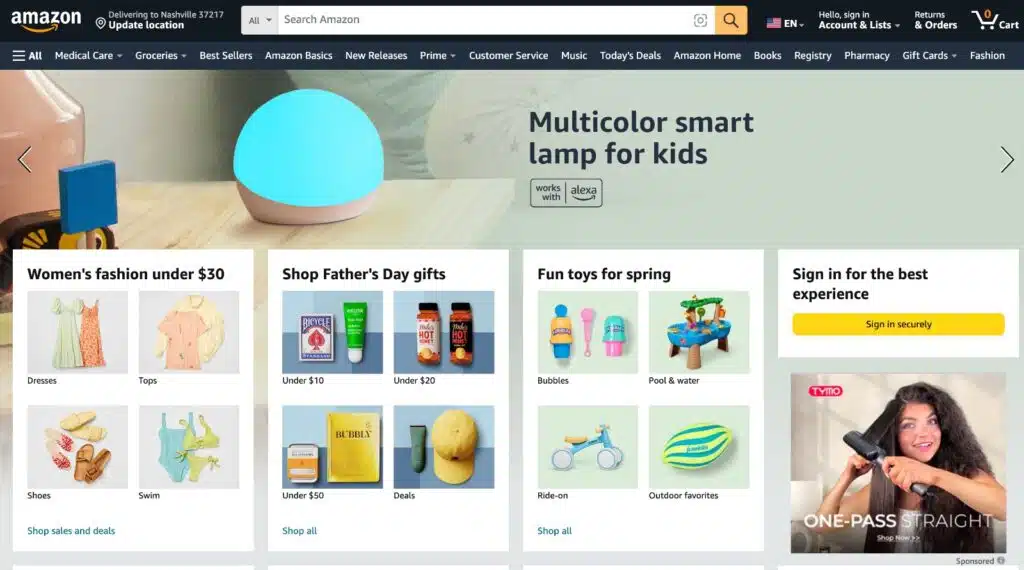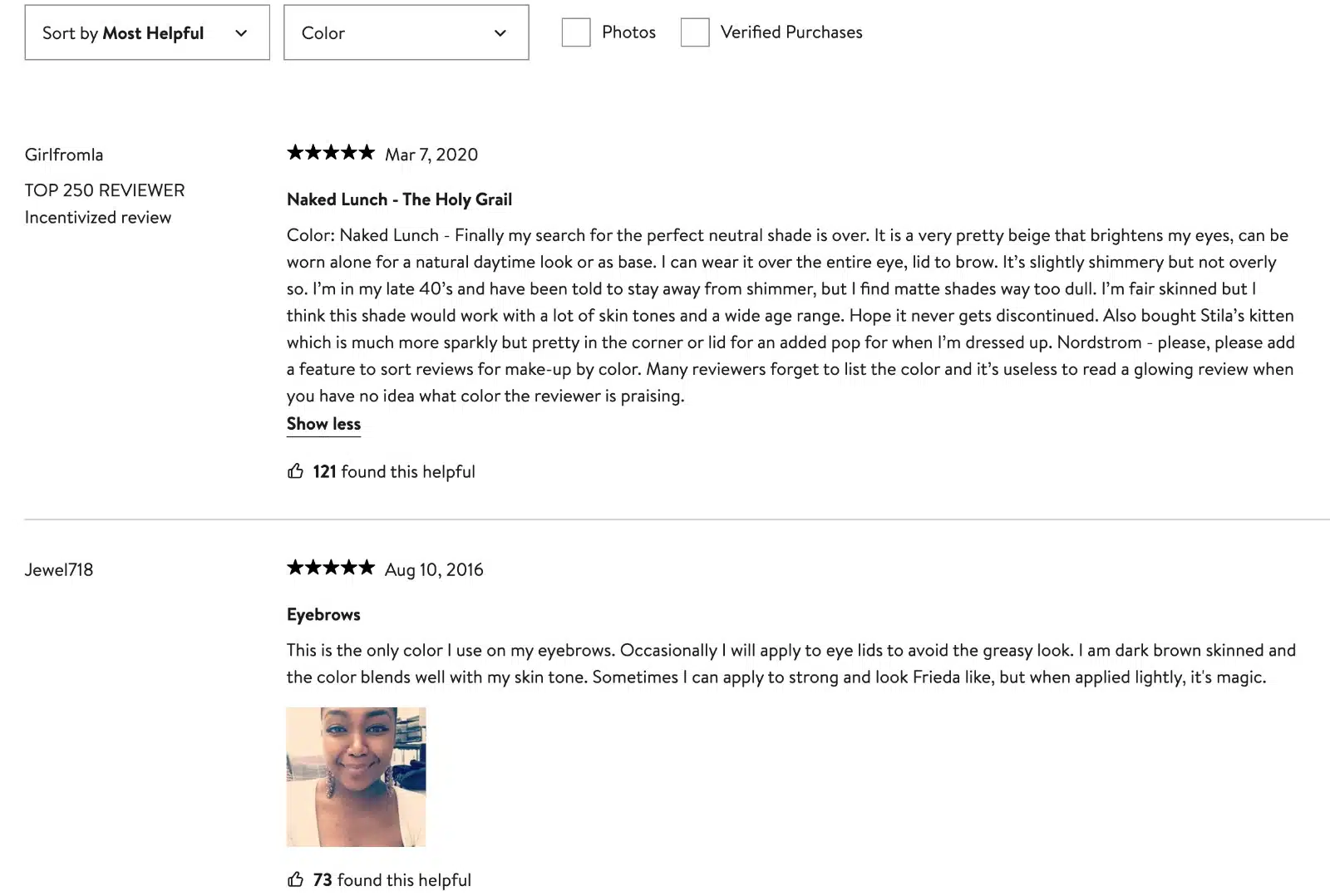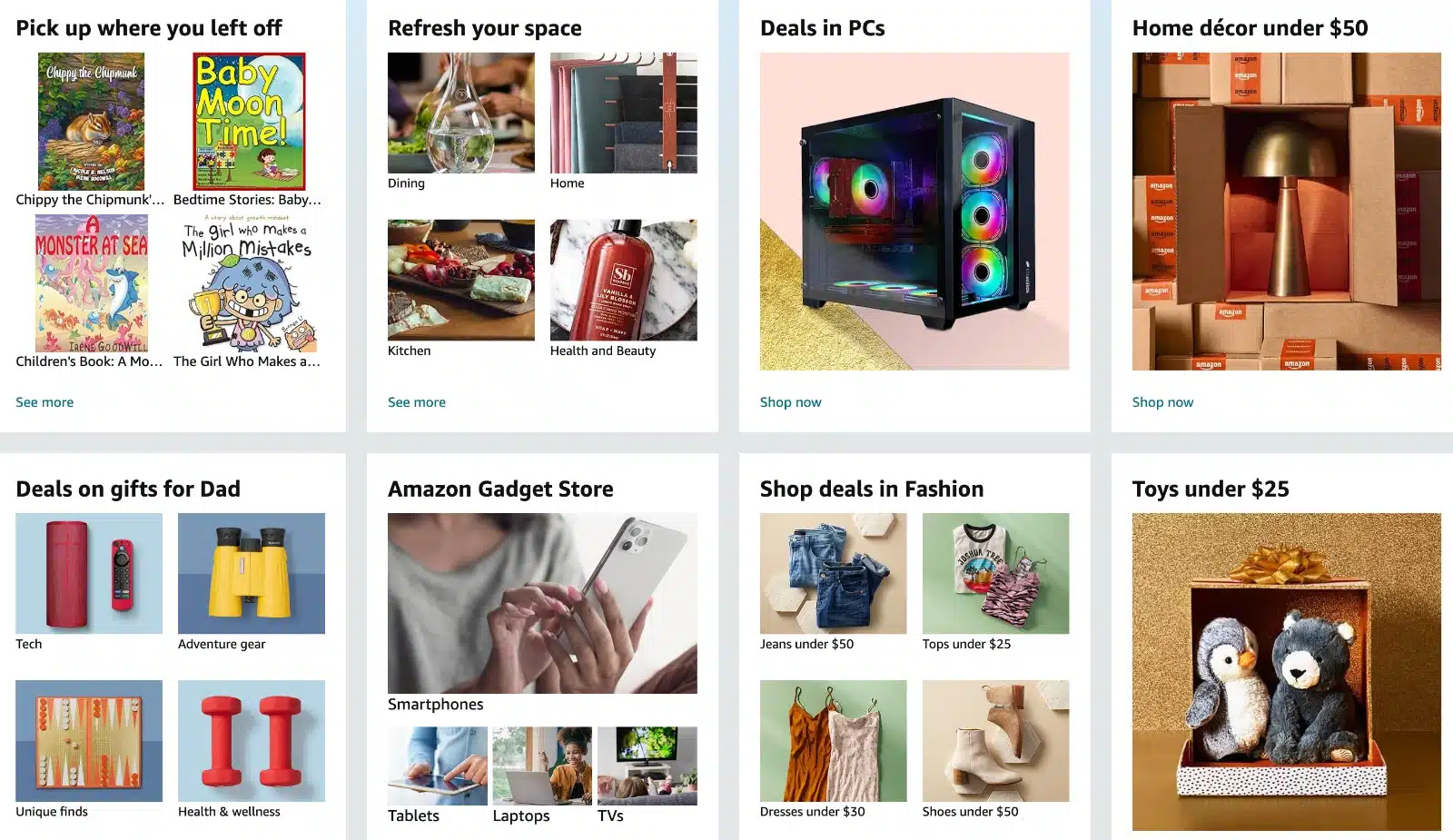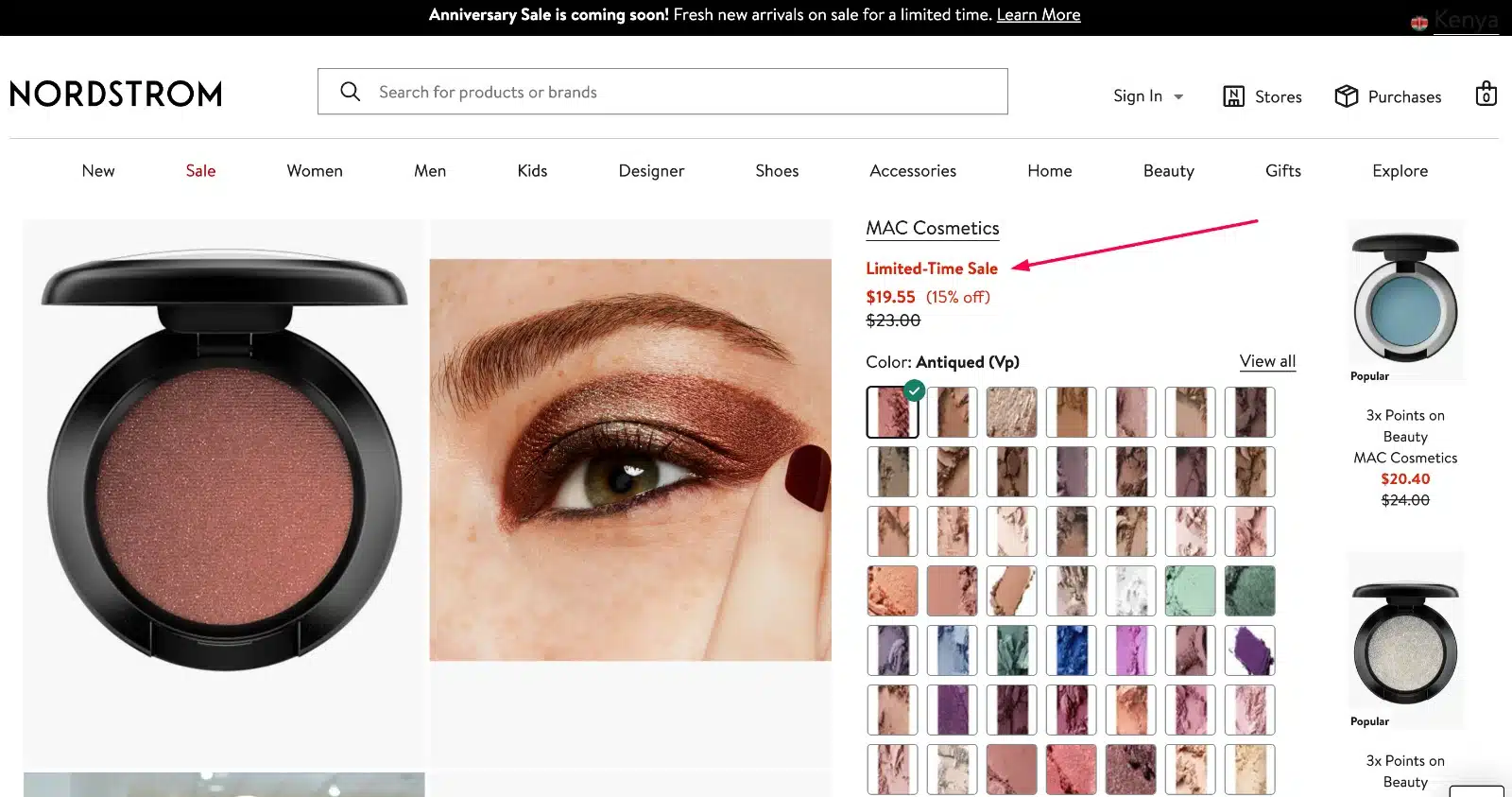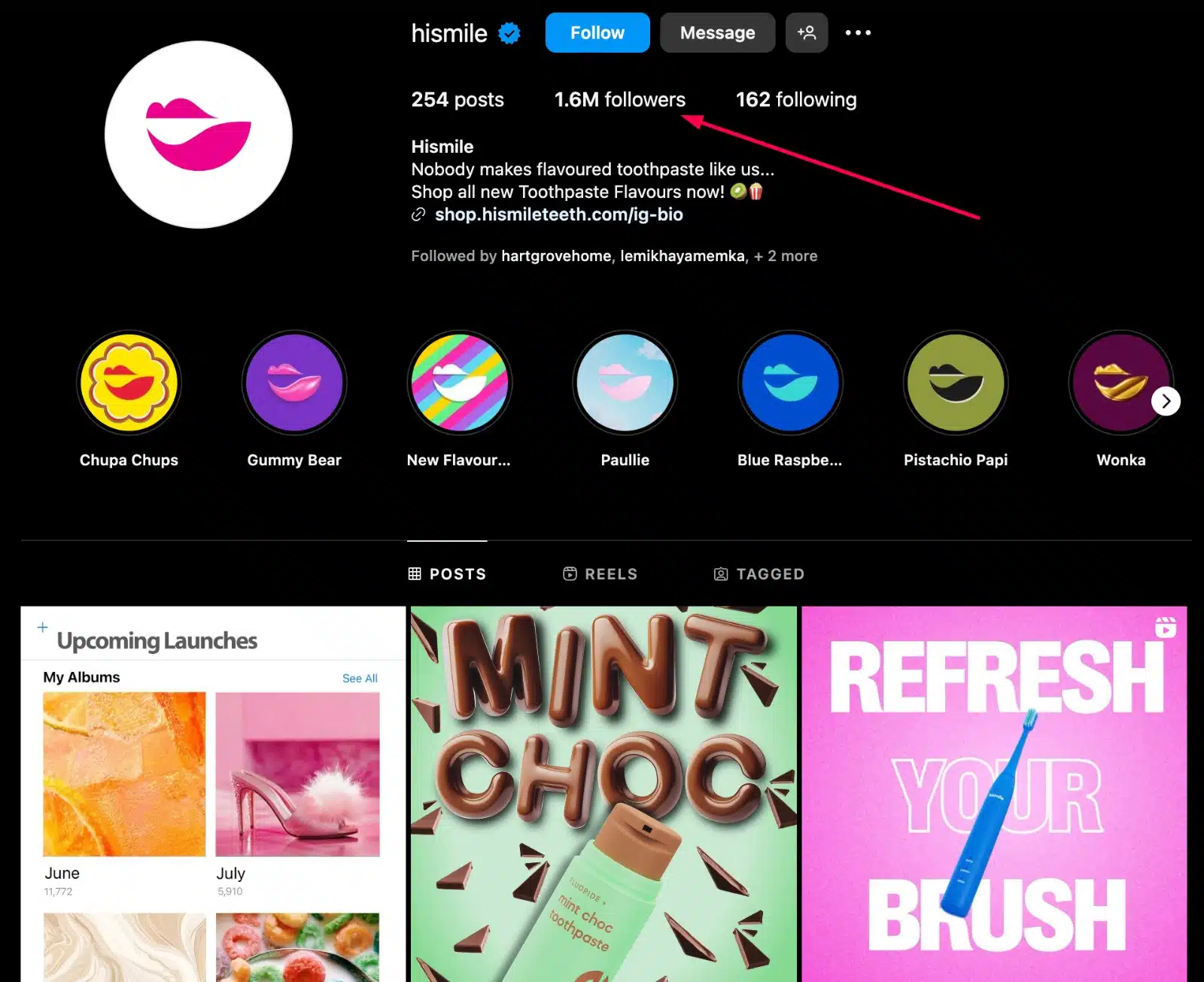As someone who’s been working in the ecommerce space for a while, I can tell you that understanding customer behavior is absolutely crucial. It is the secret sauce to success in this industry. And when it comes to decoding what makes our customers tick, there’s no better tool than behavioral science.
What is Behavioral Science?
Now, I know some of you might be thinking, “Behavioral science? Isn’t that just a fancy term for psychology?” Well, yes and no. While psychology is certainly a big part of it, behavioral science is actually a multidisciplinary field that draws insights from a wide range of areas, including:
- Neuroscience
- Cognitive psychology
- Social psychology
- Anthropology
- Economics
By combining these different perspectives, behavioral science gives us a comprehensive understanding of how people make decisions, interact with their environment, and respond to various stimuli. And when we apply these insights to the world of ecommerce, magic happens.
The Power of Behavioral Science in Ecommerce
So, how exactly can behavioral science help you boost your online sales and create a loyal customer base? Let me count the ways:
- Crafting irresistible user experiences: By tapping into the principles of psychology and neuroscience, you can design online stores that feel intuitive, engaging, and downright addictive. From the layout of your pages to the colors you use, every element of your site can be optimized to create a seamless and enjoyable shopping experience.
Amazon has designed their store in a very intuitive way that helps you find what you need faster
- Leveraging social proof: As humans, we’re hardwired to follow the crowd and trust the opinions of others. That’s why things like customer reviews, social media likes, and endorsements from influencers can be so powerful in driving sales. By prominently displaying this kind of social proof on your site, you can create a sense of trust and credibility that makes people feel more confident about buying from you.
Nordstrom provides customer reviews in their product pages and even a rating to show how many customers found that review to be helpful.
- Personalizing the customer journey: One of the biggest advantages of ecommerce is the ability to collect data on your customers’ browsing and purchase behavior. With the help of machine learning algorithms, you can use this data to create personalized product recommendations, targeted marketing messages, and customized content that feels tailor-made for each individual shopper.
Once you shop on Amazon, they normally personalize your browsing experience that when you return to their site, you can continue shopping from where you left and a provide a bunch of other categories of things you might be interested in in regards to your browsing history.
- Tapping into the power of scarcity and urgency: Ever noticed how you suddenly feel the urge to buy something when there are only a few left in stock or when a sale is about to end? That’s the principle of scarcity and urgency at work. By strategically using these tactics in your ecommerce store, you can create a sense of FOMO (fear of missing out) that drives people to take action.
Nordstrom using ‘Limited-Time Sale’ as a form of urgency to make their customers quickly purchase before the offer runs out.
- Creating a sense of community: Humans are social creatures, and we crave connection and belonging. By fostering a sense of community around your brand – whether through social media, user-generated content, or loyalty programs – you can create a deep emotional bond with your customers that goes beyond just transactional relationships.
hismile has 1.6 million followers on their instagram and they make up the hismile community as they are their loyal customers.
Putting Behavioral Science into Practice
Now, I know what you’re thinking: “This all sounds great, but how do I actually implement behavioral science in my ecommerce strategy?” Fear not, my friends – it’s easier than you might think.
First and foremost, start by doing your research. Dive into the literature on consumer psychology, attend industry conferences, and follow thought leaders in the space. The more you immerse yourself in the world of behavioral science, the more insights and ideas you’ll start to generate.
Next, get comfortable with experimentation. The beauty of ecommerce is that you can test and iterate quickly and easily. Try A/B testing different website designs, product descriptions, or marketing messages to see what resonates best with your audience. Use data analytics tools to track your results and make data-driven decisions about what’s working and what’s not.
Finally, don’t be afraid to get creative. Behavioral science is a powerful tool, but it’s not a magic bullet. Sometimes, the most effective strategies come from thinking outside the box and taking risks. So go ahead and try that unconventional marketing campaign or that bold new website design – you never know what might end up being a game-changer for your business.
The Future of Behavioral Science in Ecommerce
As the ecommerce landscape continues to evolve, the importance of behavioral science will only continue to grow. With the rise of artificial intelligence and machine learning, we’ll have even more powerful tools at our disposal for understanding and influencing customer behavior. And as consumers become more savvy and discerning, the brands that can create truly authentic and meaningful connections will be the ones that thrive.
So, my advice to you? Embrace the power of behavioral science in your ecommerce strategy. Stay curious, stay nimble, and stay focused on creating online experiences that truly resonate with your customers. With the right mindset and the right tools, there’s no limit to what you can achieve in this exciting and ever-changing industry.
And if you ever need advice about ecommerce optimization, don’t hesitate to reach out to the BGS team, your fellow ecommerce revenue optimization specialists. We’re all in this together, and by sharing our knowledge and experiences, we can help you succeed in this wild and wonderful world of ecommerce.
Frequently Asked Questions
Behavioral science in ecommerce applies principles from psychology, neuroscience, and social sciences to understand and influence consumer behaviors online.
By leveraging insights from behavioral science, ecommerce businesses can create more engaging, intuitive shopping experiences that drive conversions and foster customer loyalty.
Yes, ecommerce platforms can use A/B testing to experiment with different behavioral science strategies, allowing them to measure effectiveness and optimize based on data-driven results.

